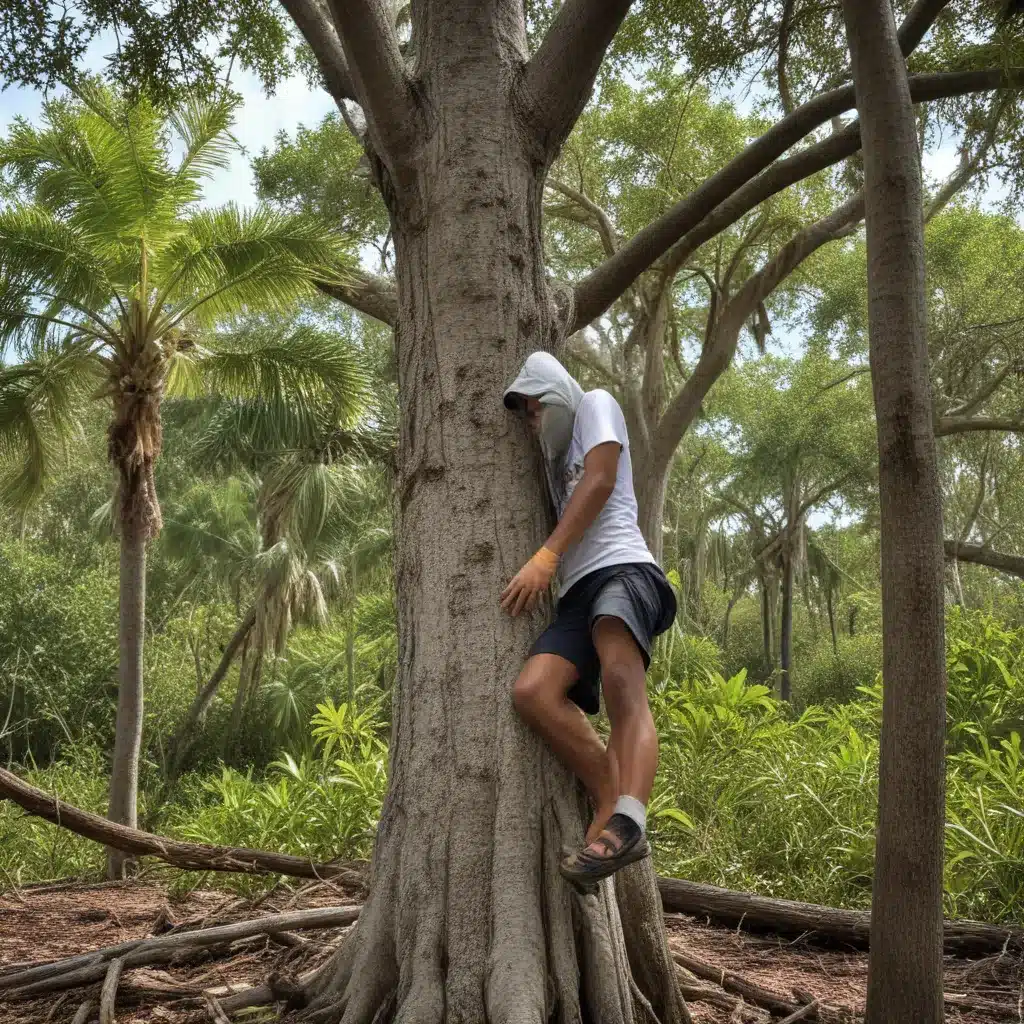
Adapting Tree Care to South Florida’s Unique Coastal Ecosystem
South Florida’s coastal environments pose unique challenges for maintaining the health and longevity of trees. From the constant threat of hurricane-force winds and storm surge to the saline-rich soils and exposure to marine-borne pests, arborists must adapt their practices to address the specific needs of coastal tree species. By understanding the unique adaptations and vulnerabilities of trees in these environments, tree care specialists can develop specialized strategies to optimize growth, storm resilience, and long-term vitality.
Palm Maintenance in Coastal Conditions
Palms are a quintessential feature of Florida’s coastal landscapes, but the effects of saltwater, wind, and heavy rainfall can take a toll if not properly managed. Pruning techniques for palms should focus on removing only the lowest, oldest fronds, leaving the canopy intact to protect the trunk from sun scald and wind exposure. Overcutting can stunt growth and leave palms vulnerable to pests and diseases. Supplemental nutrient applications are also crucial, as coastal soils often lack the ideal balance of macronutrients like nitrogen, phosphorus, and potassium required for optimal palm health. Carefully timed fertilization can enhance drought tolerance and boost the palm’s natural defenses against common maladies like lethal yellowing disease.
Shielding trunks and fronds from salt spray is another key consideration. Applying a protective barrier like a wax-based sealant can minimize dehydration and foliar damage caused by the persistent marine environment. By adopting these tailored maintenance practices, arborists can ensure palms thrive in South Florida’s coastal regions.
Tropical Storm Readiness for Coastal Trees
Preparing trees for the onslaught of hurricanes and tropical storms is a critical aspect of coastal tree care. Wind resistance varies significantly between tree species, with native species like live oak, gumbo limbo, and mahogany typically faring better than non-native imports. Arborists should carefully evaluate the structural integrity and anchoring methods used when planting coastal trees, ensuring their root systems are well-established and their trunks are adequately braced against high winds.
In the aftermath of a storm, the focus shifts to recovery strategies. Pruning damaged branches, restoring soil moisture, and applying targeted fertilizers can help coastal trees bounce back. Monitoring for pest infestations and fungal diseases that may take advantage of storm-related weaknesses is also essential for long-term tree health.
Coastal Soil Conditions and Adaptations
The pH levels and nutrient profiles of coastal soils can significantly impact tree growth and vitality. Many coastal regions in South Florida feature alkaline, saline-rich soils that limit the availability of essential micronutrients. Amending soil with organic matter and conducting regular soil tests can help arborists identify and address any imbalances.
Improving soil drainage is another key consideration, as coastal areas are prone to standing water and poor infiltration. Incorporating coarse materials like sand or gravel into the planting medium can enhance aeration and drainage, allowing tree roots to thrive. Selecting species adapted to withstand periodic inundation, such as the red mangrove, can also improve the odds of success in these challenging environments.
Managing Coastal Tree Pests and Diseases
The warm, humid conditions and proximity to saltwater make coastal trees susceptible to a range of pests and fungal pathogens. Identifying and monitoring for common issues like scale insects, Phytophthora root rot, and fusarium wilt is critical for early intervention. Arborists should also be aware of exotic, invasive species that may pose a threat, such as the Asian longhorned beetle or the red palm mite.
Implementing preventative measures, like regular inspections, targeted pesticide applications, and promoting overall tree vigor, can help mitigate the impact of these coastal tree ailments. Selecting disease-resistant cultivars and maintaining optimal soil conditions are also effective strategies for bolstering a tree’s natural defenses.
Fertilization Schedules for Coastal Trees
The unique soil characteristics of coastal regions require a tailored approach to tree fertilization. Coastal soils often lack the proper nutrient balance, with deficiencies in essential elements like iron, manganese, and zinc common. Arborists should conduct regular soil tests to determine the appropriate fertilizer formulation and application timing to meet the specific nutritional needs of coastal tree species.
While synthetic fertilizers can provide a quick nutrient boost, organic amendments like compost or seaweed extracts can also be highly effective, delivering a slower, more sustained release of nutrients while improving overall soil health. Carefully timing fertilizer applications to coincide with the tree’s growth cycle can further optimize uptake and minimize the risk of nutrient leaching or runoff.
Recommended Coastal Tree Species
When selecting trees for coastal landscapes, it’s crucial to choose species adapted to the unique environmental stressors. Native trees like the gumbo limbo, live oak, and bald cypress are well-suited to South Florida’s coastal conditions, exhibiting salt tolerance, wind resistance, and the ability to thrive in challenging soil profiles.
Non-native, drought-tolerant and salt-resistant varieties, such as the Canary Island date palm, sea grape, and Indian almond, can also be viable options, provided they are appropriately matched to the site’s specific conditions. Arborists should also consider the mature canopy size and growth habits of trees, ensuring they are a good fit for the available planting space and do not interfere with power lines or structures.
Coastal Tree Planting Guidelines
Proper site preparation and planting techniques are essential for the long-term success of coastal trees. Amending the soil with organic matter and ensuring adequate drainage can help establish a healthy root system. Arborists should also carefully evaluate planting depths to prevent issues like trunk flare burial or girdling roots.
Establishing a deep, well-anchored root system is crucial for withstanding the forces of wind and storm surge common to coastal environments. Incorporating structural support like guy wires or root ball anchors can further stabilize newly planted trees until they become fully established.
By understanding the unique challenges of South Florida’s coastal ecosystems and adapting their arboricultural practices accordingly, tree care specialists can help ensure the vitality and longevity of the region’s valuable urban forest. Leveraging the insights from research and the specialized knowledge of local experts is key to navigating the complexities of coastal tree care. Additional resources are available at www.southfloridatrees.com.


